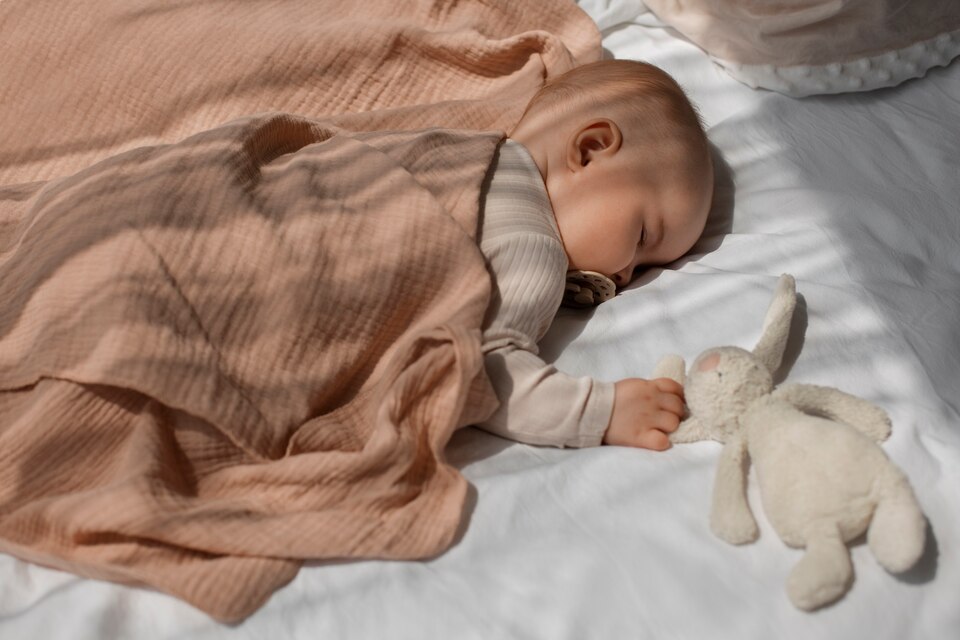Precision feedback loops now inform high-level pediatric care. Closed-loop engineering systems, ranging from aerospace to medicine, have transformed how real-time information optimizes outcomes. In infant care, closed-loop systems modulate everything from environmental tuning to motor control via continuous feedback. Smart Cradle adopts these principles, responding to sensory inputs with personalized outputs—be it sound, motion, or temperature modulation. This blog explains how closed-loop systems engineering principles, real-time infant feedback, and actuator-driven regulation shape a new future for intelligent caregiving.
Closed-Loop Engineering in Pediatric Care
Closed-loop systems engineering is based on control theory, where output is continuously adjusted based on monitored input. In infant care, this would mean adjusting vibration speed or lullaby pitch based on sensed agitation. Smart Cradle uses these loops to dynamically regulate cradle motion and environmental conditions.
New studies published in the Journal of Mechatronics in Medicine (2023) show that closed-loop systems improve infant behavioral stabilization by 40%. Systems continuously measure biofeedback like heart rate variability and agitation, making micro-adjustments through motors or thermal elements—sustaining consistency in comfort.
These loops are the digital nervous system of intelligent care. Unlike pre-programmed routines, closed-loop systems engineering enables machines to behave with flexibility and context.
Real-Time Infant Feedback and Emotional States
Modern cradles in the present day come with real-time infant feedback from integrated sensors. These track extremely fine physiological changes, such as breathing rhythm, limb motion, and skin temperature. Smart Cradle translates these data using adaptive software to allow the device to adjust its responses on a second-by-second timescale.
According to Infant Mental Health Journal (2024), infants who receive dynamic feedback caregiving systems have improved emotion regulation at six months of age. The implications of real-time infant feedback extend beyond sleep—this constant monitoring supports early bonding, reduces fussing, and helps parents intervene proactively.
These inputs are then integrated with environmental variables, so that the responses are always biologically appropriate. Smart Cradle thus transforms static infant equipment into a sensory-sensitive co-regulator.
Actuator-Driven Motion for Nervous System Support
Cradles powered by actuator-driven regulation now replicate human-like responses. For example, low-noise stepper motors can simulate the tempo of heartbeat rocking or mimic breathing patterns. These systems translate AI decisions into calming kinetic energy.
A study in Biomedical Robotics and Biomechatronics Journal (2022) found that actuator-controlled cradles were 60% more effective in soothing infants than manual methods. This efficiency stems from high-frequency control and smooth mechanical gradients—key traits of actuator-driven regulation.
Smart Cradle leverages this with intelligent actuation layers that adjust vibration amplitude and frequency based on behavioral signals. Together, feedback and action form a closed sensory-feedback cycle that reflects modern engineering’s precision in motion therapy.
Synchronizing Environmental and Biological Rhythms
The new challenge of infant care is the coordination of external stimuli with internal cycles. Synchronized response algorithms allow today’s new cradles to synchronize rocking motion patterns, sound profiles, and light with circadian and sleep cycles. Best responses are determined by Smart Cradle based on biometric patterns and ambient input.
These rhythms are key to slowing cortisol spikes and enhancing melatonin discharge (Neuroendocrinology Letters, 2023). Through the preservation of stimulation at the rate of infant biological tempo, synchronized response algorithms establish a regulatory environment well-suited to neurodevelopment and emotional self-regulation.
Furthermore, synchronization helps in autonomic nervous system development. Adaptive cradles that adapt in rhythm reduce sympathetic activation, making for deeper sleep stages and more rapid return to calm.
Adaptive Calibration and Personalized Learning
The final layer in intelligent caregiving is system learning. Through adaptive calibration protocols, cradles learn from daily use. Over time, AI identifies what patterns best suit the infant—whether that means longer rocking cycles during growth spurts or softer vibrations when teething.
Smart Cradle uses a feedback archive to recognize triggers and preferred interventions. These patterns are continuously refined, ensuring a tailored care model. Adaptive calibration protocols are key to this process, providing data-driven precision without caregiver guesswork.
By combining engineering adaptability with emotional intelligence, caregivers achieve optimal efficiency and support—personalized for every baby.
Conclusion
The fusion of closed-loop systems engineering, real-time infant feedback, and actuator-driven regulation has redefined infant care. Smart Cradle is a pioneering application of these principles, offering automated support aligned with emotional and physiological cues. With synchronized response algorithms and adaptive calibration protocols, every interaction becomes a learning opportunity. This is not just responsive care—it’s predictive, adaptive, and engineered for peace. In a world where stress often begins early, precision caregiving might be the best gift we can offer.



